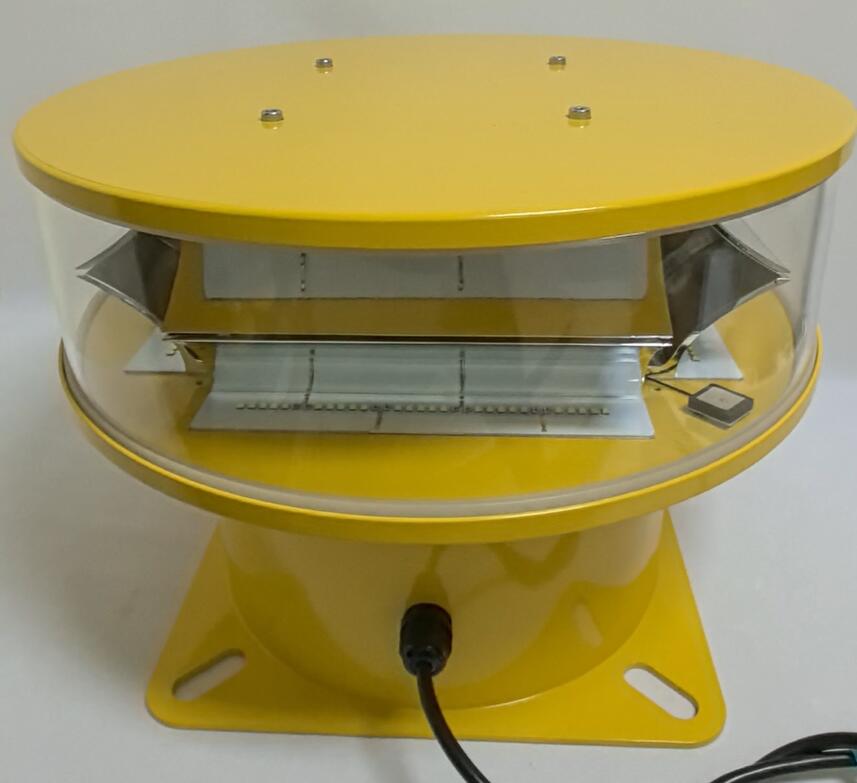ICAO Guidelines for Aviation Light: Enhancing Global Flight Safety
Aviation safety relies heavily on standardized lighting systems that guide pilots and prevent collisions. The ICAO guidelines for aviation light provide a universal framework to ensure consistency in obstruction lighting, runway illumination, and navigational aids. These regulations are critical for maintaining safe air travel, especially as air traffic increases and infrastructure expands worldwide. This article explores the key aspects of ICAO guidelines for aviation light , their importance, and their impact on modern aviation.
The Role of ICAO in Aviation Lighting Standards
The International Civil Aviation Organization (ICAO) establishes global standards to harmonize aviation practices across member states. The ICAO guidelines for aviation light cover:
Obstruction lighting – Ensuring tall structures are visible to aircraft.
Aerodrome lighting – Defining runway, taxiway, and approach lighting systems.
Aircraft navigation lights – Regulating position and anti-collision lights on aircraft.
| ICAO Guidelines for Aviation Light |
By standardizing these requirements, ICAO minimizes confusion for pilots flying across different regions, enhancing overall flight safety.
Key Components of ICAO Aviation Lighting Standards
1. Obstruction Lighting
The ICAO guidelines for aviation light classify obstruction lighting into three intensity levels:
Low-intensity – Used for structures below 45 meters (148 feet).
Medium-intensity – Applied to structures between 45 and 150 meters (492 feet).
High-intensity – Mandatory for structures exceeding 150 meters or those near airports.
These lights must be red or white, depending on their purpose, and should flash at specific intervals to maximize visibility.
2. Aerodrome Lighting
Runway and taxiway lighting must comply with ICAO guidelines for aviation light to ensure safe takeoffs, landings, and ground movements. Key requirements include:
Runway Edge Lights – White lights marking runway boundaries.
Threshold Lights – Green lights indicating the start of the runway.
Approach Lighting Systems (ALS) – Guides pilots during low-visibility approaches.
3. Aircraft Navigation Lights
ICAO mandates that all aircraft display:
Red (port side) and green (starboard side) position lights – Helping pilots determine an aircraft’s direction.
White anti-collision strobes – Enhancing visibility to prevent mid-air collisions.
Why Compliance with ICAO Guidelines is Crucial
Adhering to ICAO guidelines for aviation light ensures:

Global Consistency – Pilots experience uniform lighting systems worldwide.
Enhanced Safety – Reduced risk of collisions with obstacles or other aircraft.
Regulatory Compliance – Non-compliance can lead to airspace restrictions or penalties.
Challenges in Implementing ICAO Lighting Standards
While the ICAO guidelines for aviation light provide a clear framework, challenges remain:
Technological Variations – Some countries may lack advanced lighting systems.
Maintenance Issues – Poorly maintained lights can fail, increasing risks.
Environmental Factors – Extreme weather conditions can affect visibility.
Future Developments in Aviation Lighting
ICAO continuously updates its guidelines to incorporate new technologies, such as:
LED Lighting – More energy-efficient and longer-lasting than traditional bulbs.
Smart Lighting Systems – Automated adjustments based on weather and traffic conditions.
Solar-Powered Solutions – Reducing reliance on electrical grids in remote areas.
The ICAO guidelines for aviation light play a fundamental role in global aviation safety. By standardizing obstruction, aerodrome, and aircraft lighting, ICAO ensures that pilots operate in a predictable and secure environment. As technology evolves, these guidelines will continue to adapt, further enhancing flight safety for years to come.
